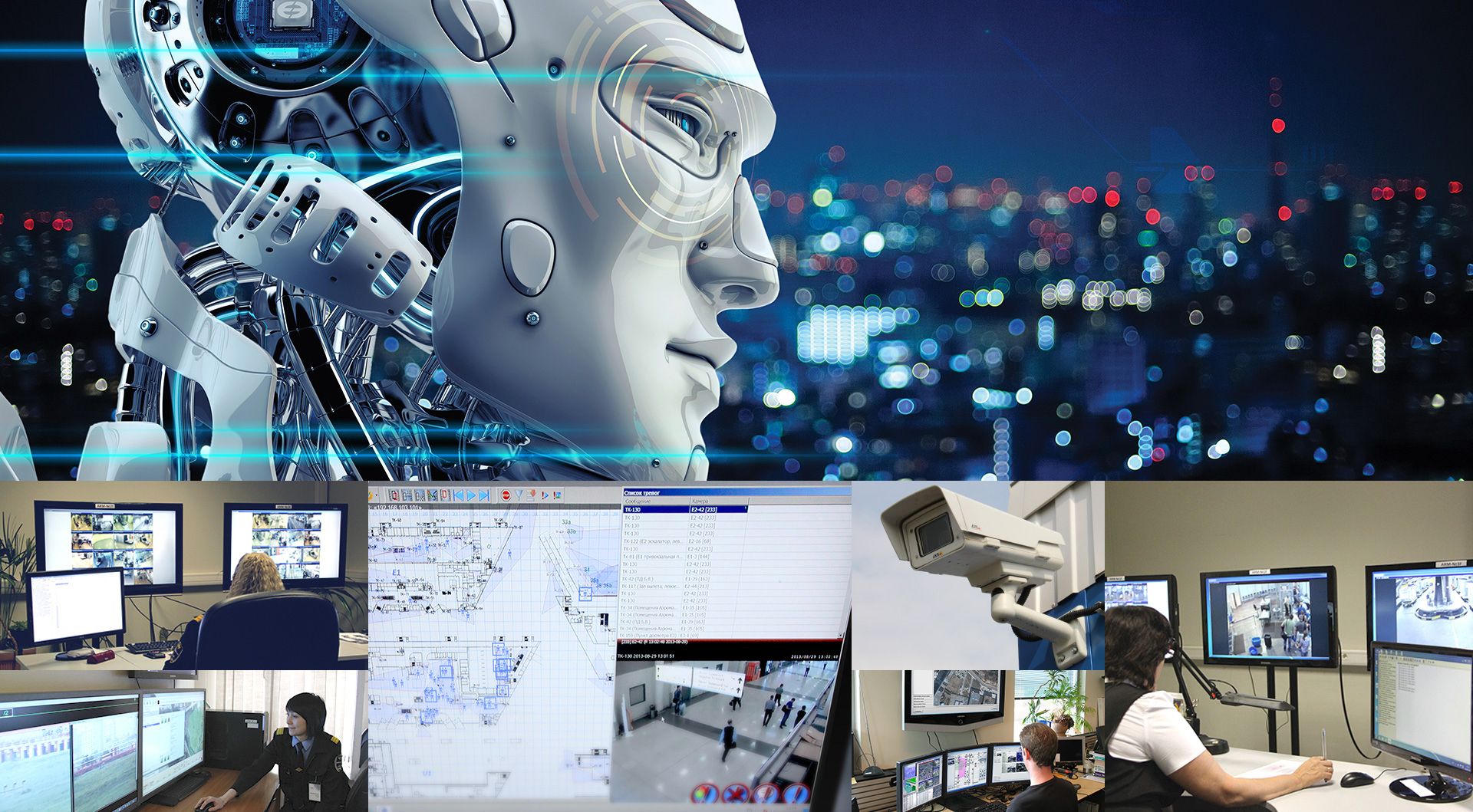Computer vision is one of the components of artificial intelligence that has great popularity in the field of robotics. Computer vision is a system of techniques that help robots perceive, identify and analyse images. This method has the general goal of extracting additional information from an array of information. Computer vision technology combines several techniques of obtaining and processing images of the world, which are subsequently used for different tasks. It also has a general feature, such as the human participation factor in the procedure.
Components required for this process
Image recognition is the classification of an object with predefined categories. According to the accepted terminology, the image includes an event, action, or object. We can give examples of images such as text, graphic information, fingerprints, or the face of a person that humans themselves create by their hands. You will certainly need a coherent mechanism of work to implement this methodology successfully. Here are several objects and tools that you need in this process:
- The cameras are digital or analog, colour or black and white with an optical system to take pictures.
- The processor (computer), where the data from the cameras.
- Software designed for image processing.
- Equipment designed to exchange information between the primary computer and the client device.
What the user gets from this procedure is pattern recognition. However, there are some other problems that you can solve with this technique. These include the detection and identification of static and moving objects, the evaluation of motion and the selection of individual image fragments.
Operating principle
The processor takes the image from the camera, and then it divides it into components and analyzes it according to the information contained in the database. Then, the classification and sorting of objects occurs. The specialist can get the result of the comparative analysis in a few seconds.

Scope of application of computer vision technology
The field of application of computer vision technology covers different areas of industrial production. With the help of this method, in production, specialists can control conveyors and machines without difficulty and even install automatic mode there. Another function of this technology is the technological control over the production of products. We mean timely detection of defects and deviations from the technological process. There are other tasks that this technique includes:
- Computer diagnostics, detection of pathologies in medical practice.
- Classification of documents on the basis of the information contained or other parameters.
- Locating military objects (such as images from space), detecting enemy positions during military operations.
- Reading of barcodes.
- Identification of the vehicle by number.
Specialists are responsible for ensuring that computer vision systems have reliable target recognition, as well as independent movement and transportation of goods. This unique technology enables machine-to-human interaction and also helps users to control robotics and use it for some complex tasks, such as assembling units from individual parts, transporting loads, Cleaning of premises and even clearing of time-sensitive mines. Any such apparatus will control the objects that surround it. At the same time, thanks to this feature, computer vision technology is already implemented even in autonomous driving systems.
Features of components and functions
The recognition of objects from their original data provides ample opportunity to determine their location. The objects can be people’s faces, fingerprints, cars. Modern systems are able to recognize text such as machine-printed or handwritten one. The tracking function of a moving object is performed by the interaction of motion sensors and the camera, which turns after the target. Chambers play the role of sensor systems in processes such as production automation and robotics.
